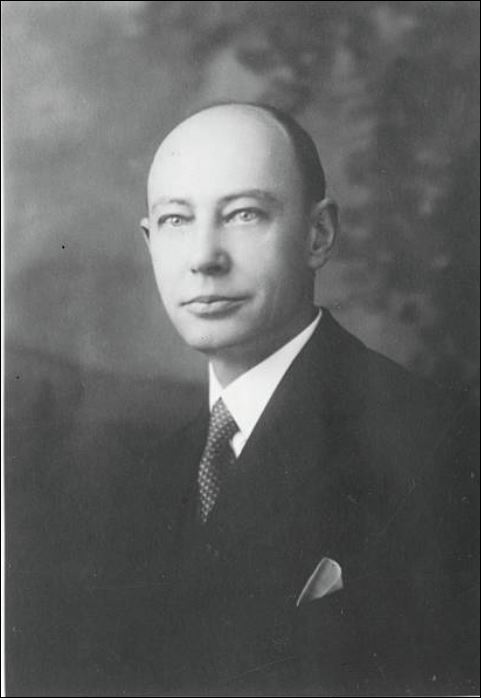Why was George Minot Awarded the Nobel Prize for Physiology or Medicine in 1934?
George Minot: Nobel Laureate for Pioneering Treatment of Pernicious Anemia (1934)
George Minot, an American physician, made significant contributions to the field of medicine during the early 20th century. Renowned for his groundbreaking work on the treatment of pernicious anemia, Minot played a pivotal role in advancing our understanding and management of this debilitating condition. In recognition of his exceptional research, he was awarded the Nobel Prize for Physiology or Medicine in 1934. This article explores the reasons behind Minot’s prestigious honor and highlights his remarkable scientific breakthroughs.

Investigations on Pernicious Anemia:
George Minot’s Nobel Prize was primarily awarded for his investigations into pernicious anemia, a condition characterized by the inability of the body to absorb vitamin B12, essential for red blood cell production. Alongside his colleagues, William P. Murphy and George R. Whipple, Minot conducted pioneering research that revolutionized the treatment of this life-threatening disease.
Development of Liver Therapy:
Minot’s key contribution was the development of liver therapy as an effective treatment for pernicious anemia. Building upon the discoveries of George Hoyt Whipple, Minot and his team demonstrated that feeding patients with large quantities of liver led to remarkable improvements in their condition.
Liver, known to be rich in vitamin B12, served as a vital source of this essential nutrient. Minot’s research showcased the therapeutic potential of liver and paved the way for the development of effective treatments for pernicious anemia.
Impact on Medical Practice:
George Minot’s groundbreaking work had a profound impact on medical practice, particularly in the treatment of pernicious anemia. Prior to his research, the disease was considered fatal, with no known effective therapies.
Minot’s liver therapy brought about a revolutionary change in patient outcomes. The administration of liver extracts rich in vitamin B12 dramatically alleviated the symptoms of pernicious anemia, restoring red blood cell production and improving the overall well-being of patients.
Recognition and Legacy:
George Minot’s Nobel Prize in 1934 celebrated his exceptional scientific achievements and the transformative impact of his research in the field of pernicious anemia. His groundbreaking work on liver therapy revolutionized the treatment of this debilitating condition, offering hope and improved quality of life to countless patients.
Minot’s contributions continue to inspire advancements in the field of hematology and remain a cornerstone of the treatment protocols for pernicious anemia. His research laid the foundation for subsequent investigations into vitamin B12 deficiency, other forms of anemia, and the development of targeted therapies for various hematological disorders.
George Minot’s Nobel Prize in 1934 honored his pioneering contributions to the field of medicine and his pivotal role in advancing the treatment of pernicious anemia. His development of liver therapy as an effective treatment approach revolutionized the management of this once-fatal condition, providing a lifeline for patients worldwide.
Minot’s research serves as a testament to the power of scientific inquiry and innovative approaches in improving human health. His legacy continues to guide medical practice, inspiring ongoing research and advancements in the field of hematology, and reminding us of the transformative impact that dedicated researchers can have on the lives of patients.




